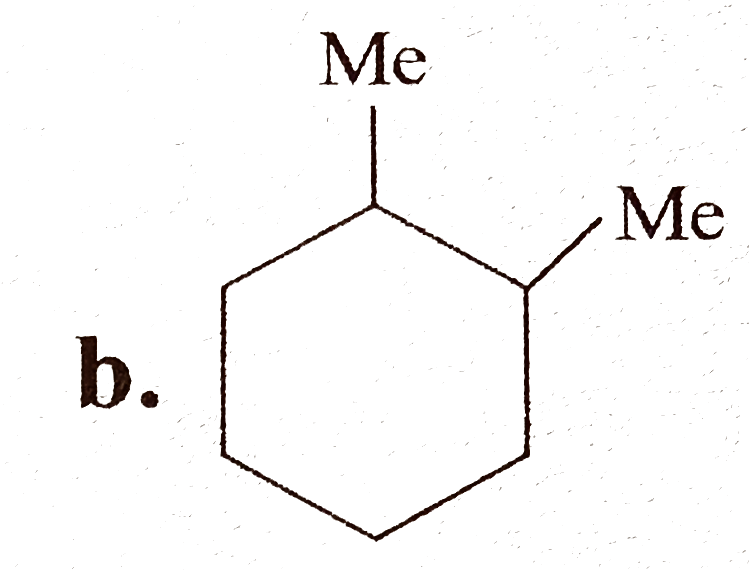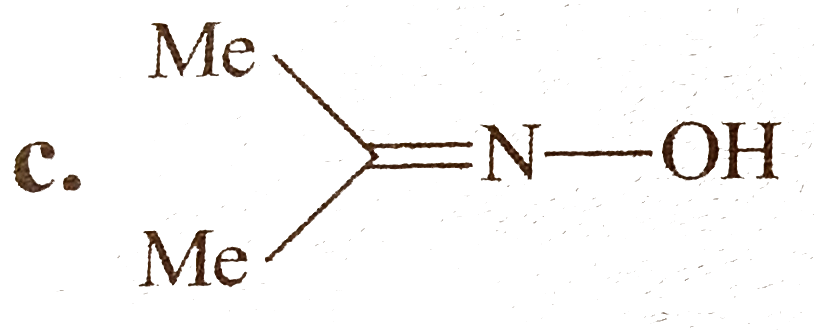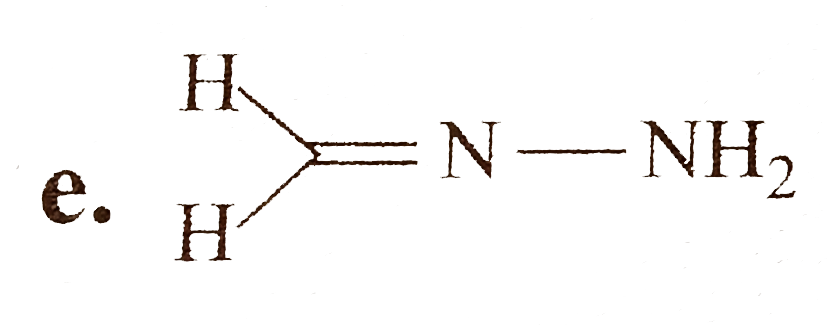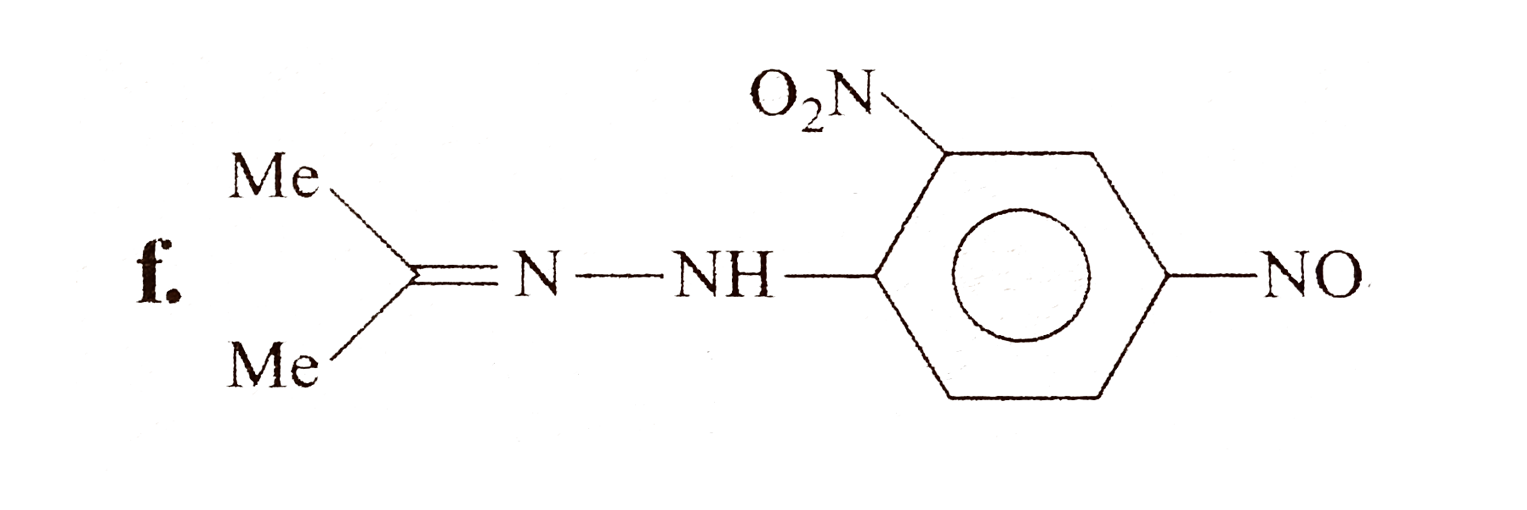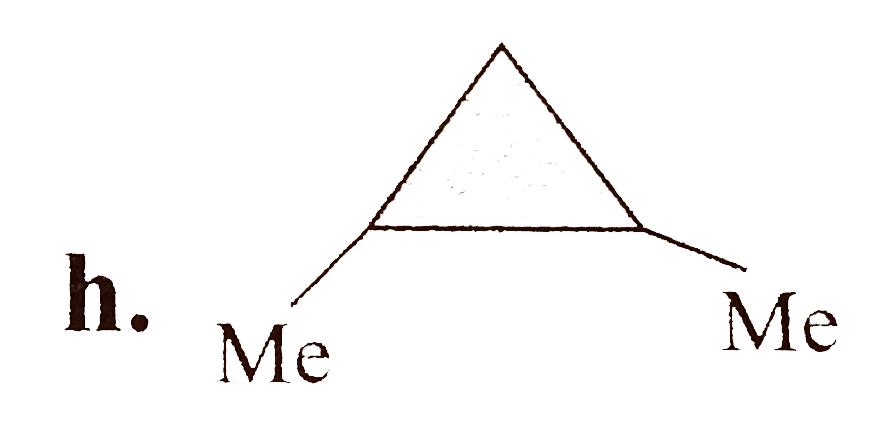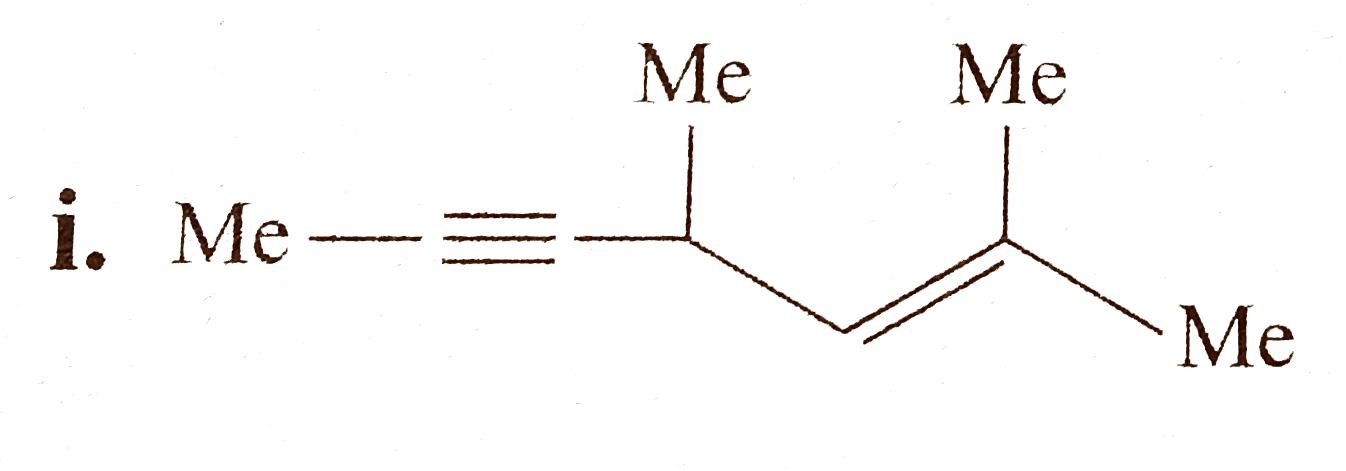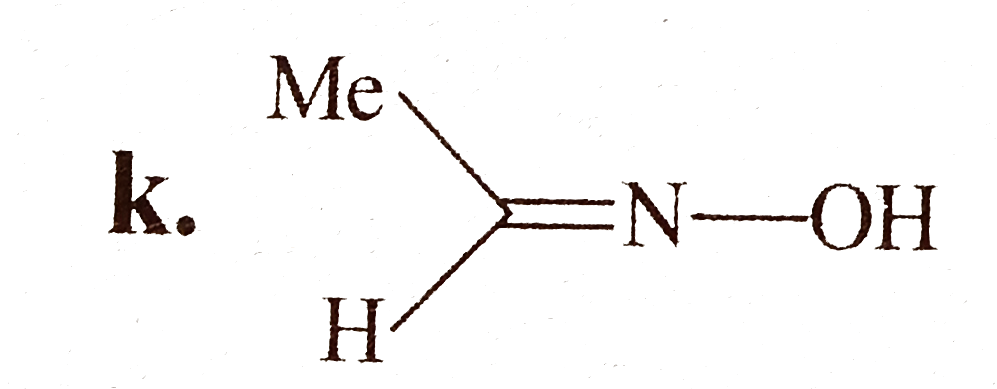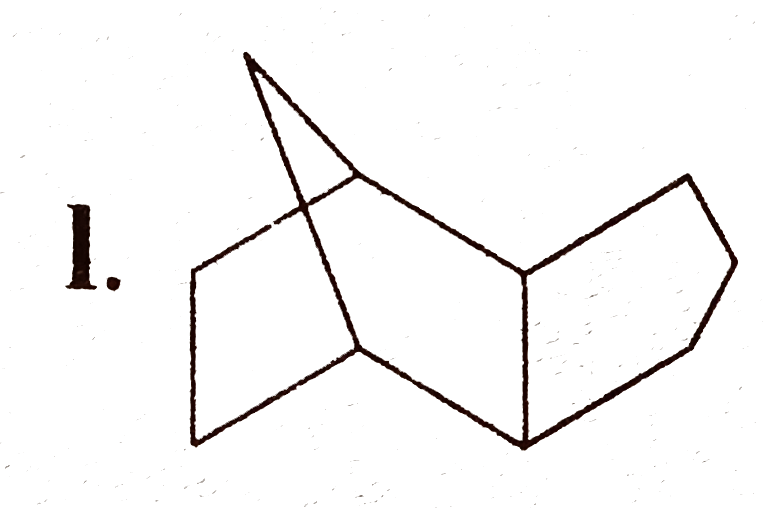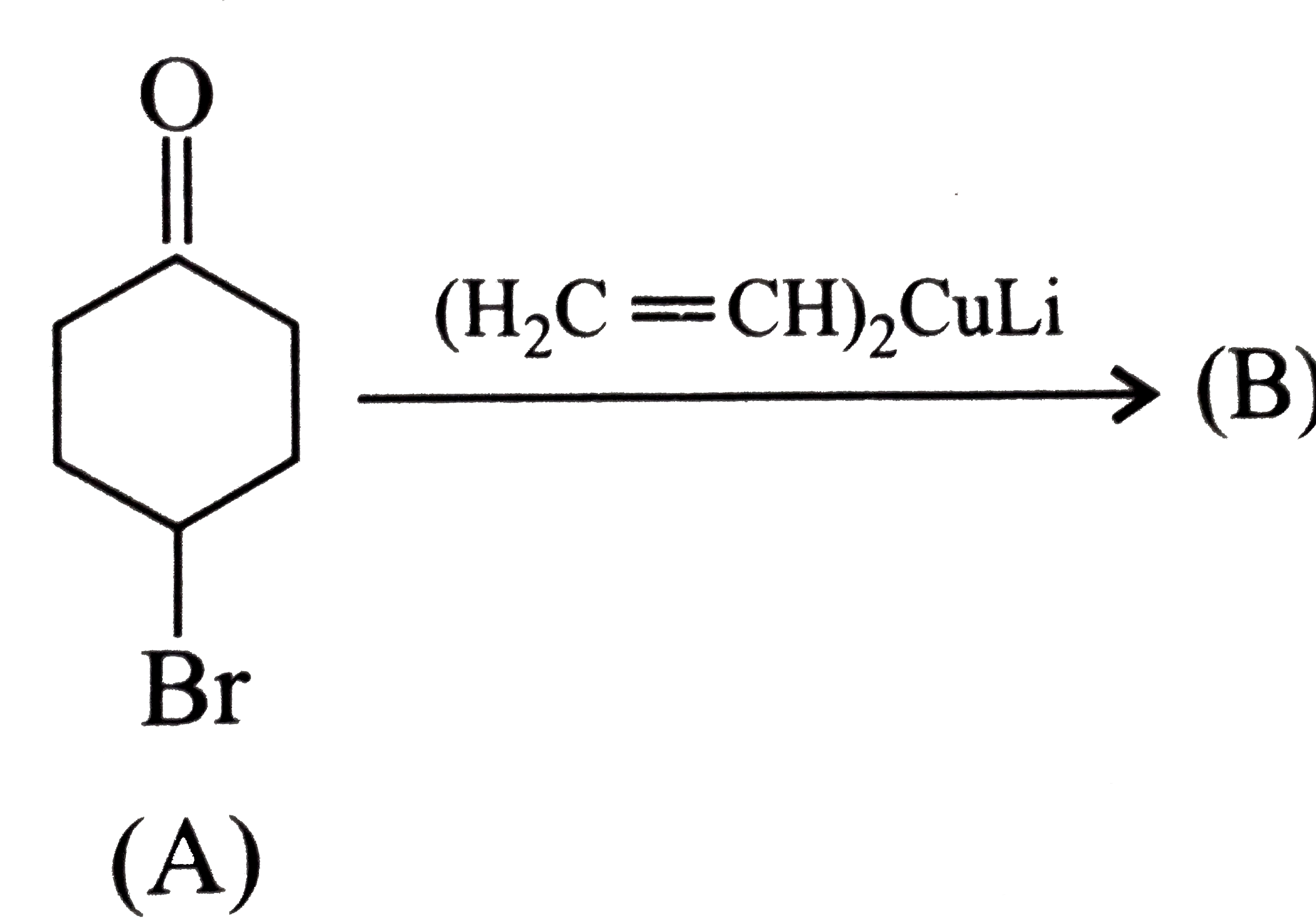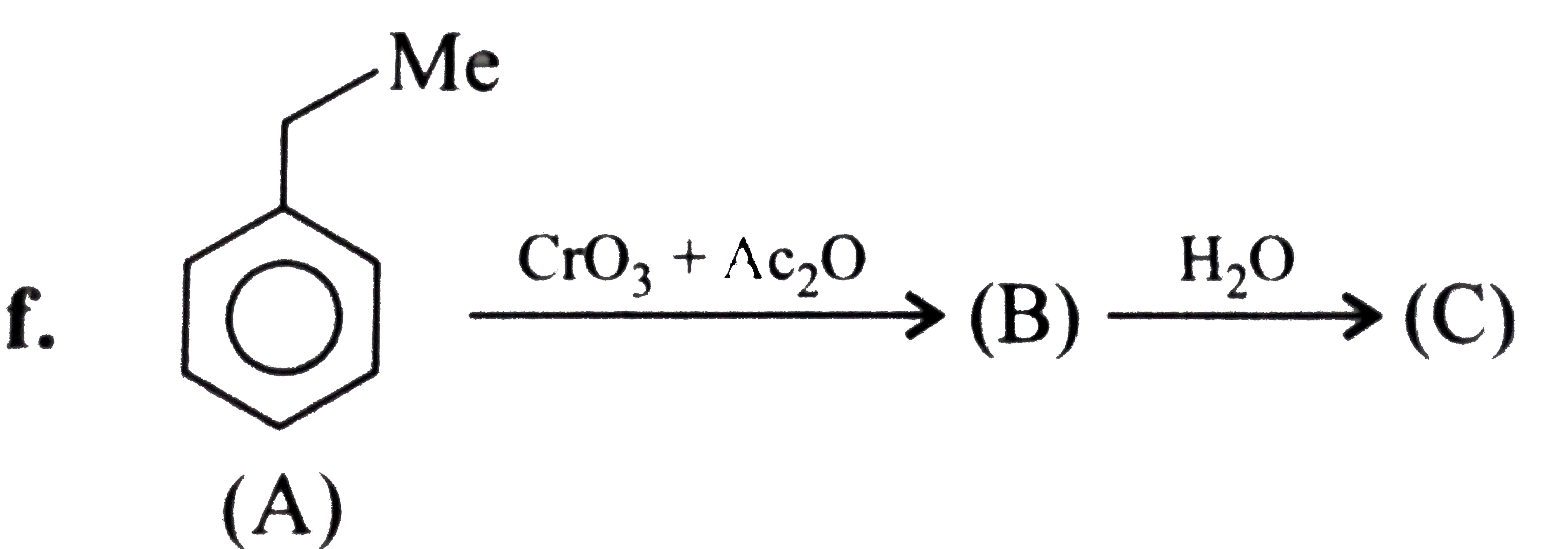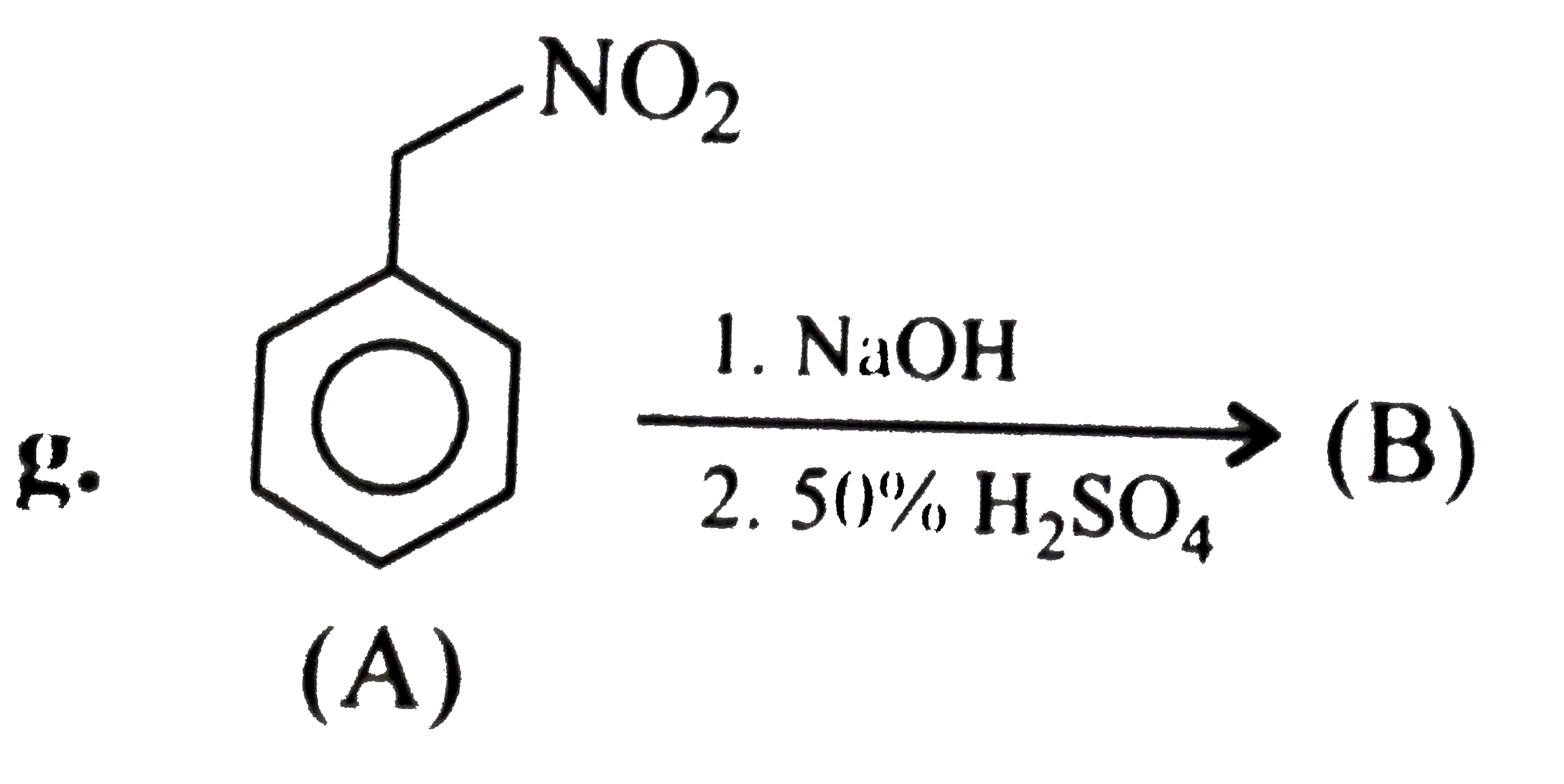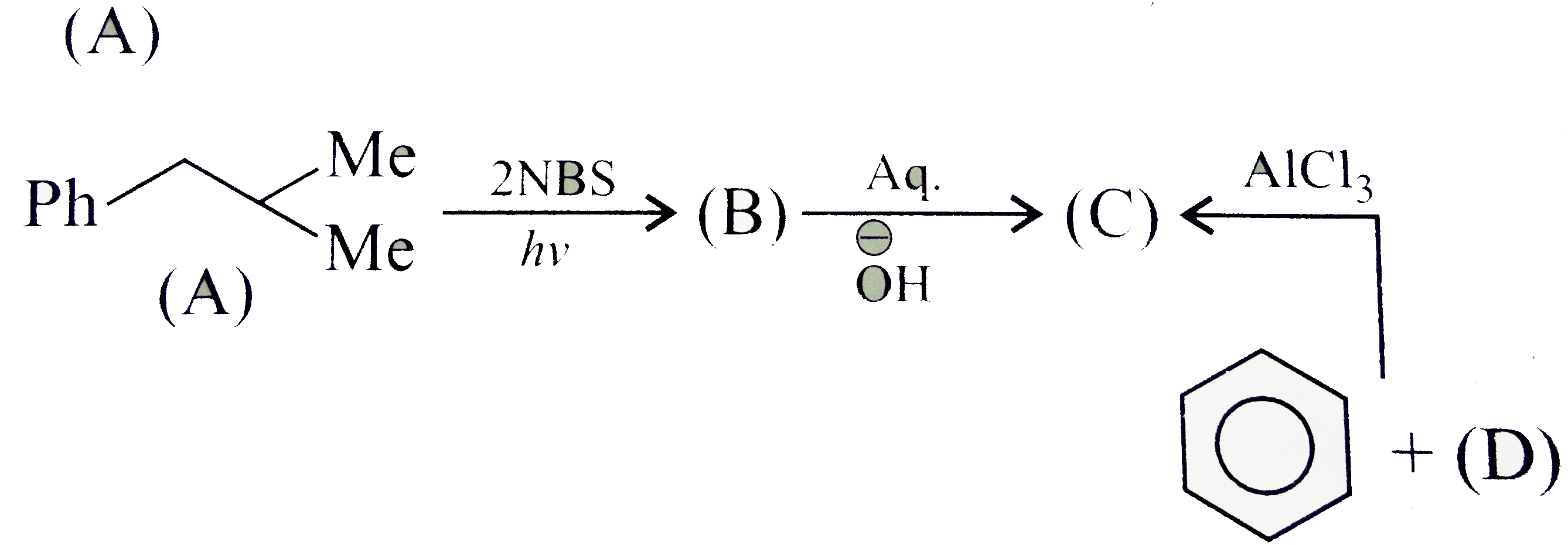If F=a.(|b|).c.(|d|).e.(|f|).g(|h|).i.(|j|) and G=a.b.c.d.e.f.g.h.i.j Again, a=(−1)1,b=(2)−2,c=(−3)3,d=(4)−4,…..j=(10)−10 then the correct relation is :
a=b
a=b4
a3/2=b2/3
None of these
The correct Answer is:B
Step by step video, text & image solution for If F = a.(|b|).c.(|d|).e.(|f|).g(|h|).i.(|j|) and G = a.b.c. d.e.f.g.h.i.j Again, a = (-1)^1, b = (2)^(-2) , c = (-3)^(3), d = (4)^(-4) ,…..j = (10)^(-10) then the correct relation is : by Maths experts to help you in doubts & scoring excellent marks in Class 14 exams.
Updated on:21/07/2023Topper's Solved these Questions
- FUNDAMENTALS BOOK - ARIHANT SSCCHAPTER - FUNDAMENTALS EXERCISE - LEVEL 2
123 Videos
- FUNDAMENTALS BOOK - ARIHANT SSCCHAPTER - FUNDAMENTALS EXERCISE - FINAL ROUND
116 Videos
- FUNDAMENTALS BOOK - ARIHANT SSCCHAPTER - FUNDAMENTALS EXERCISE - EXERCISE - MISCELLANEOUS
140 Videos
- FUNCTIONS AND GRAPHBOOK - ARIHANT SSCCHAPTER - FUNCTIONS AND GRAPHEXERCISE - Final Round
40 Videos
- GEOMETRYBOOK - ARIHANT SSCCHAPTER - GEOMETRYEXERCISE - EXERCISE(LEVEL 2)
52 Videos
Similar Questions
Knowledge Check
If F=a.(|b|).c.(|d|).e.(|f|).g(|h|).i.(|j|) and G=a.b.c.d.e.f.g.h.i.j Again, a=(−1)1,b=(2)−2,c=(−3)3,d=(4)−4,…..j=(10)−10 then the correct relation is :
AF = -GBF = GCF.G = 1Dnone of these
Calculate the Land'e g factor for atoms
(a).6F1/2, (b) .4D1/2, (c ).5F2, (d) .5P1, (e ) .3P0
View SolutionLet R be a relation such that R={(a d) (c g) (d e) (d f) (g f)} then (ROR^(1))^(-1) is
View SolutionIdentify the products and explain their formation.
(a)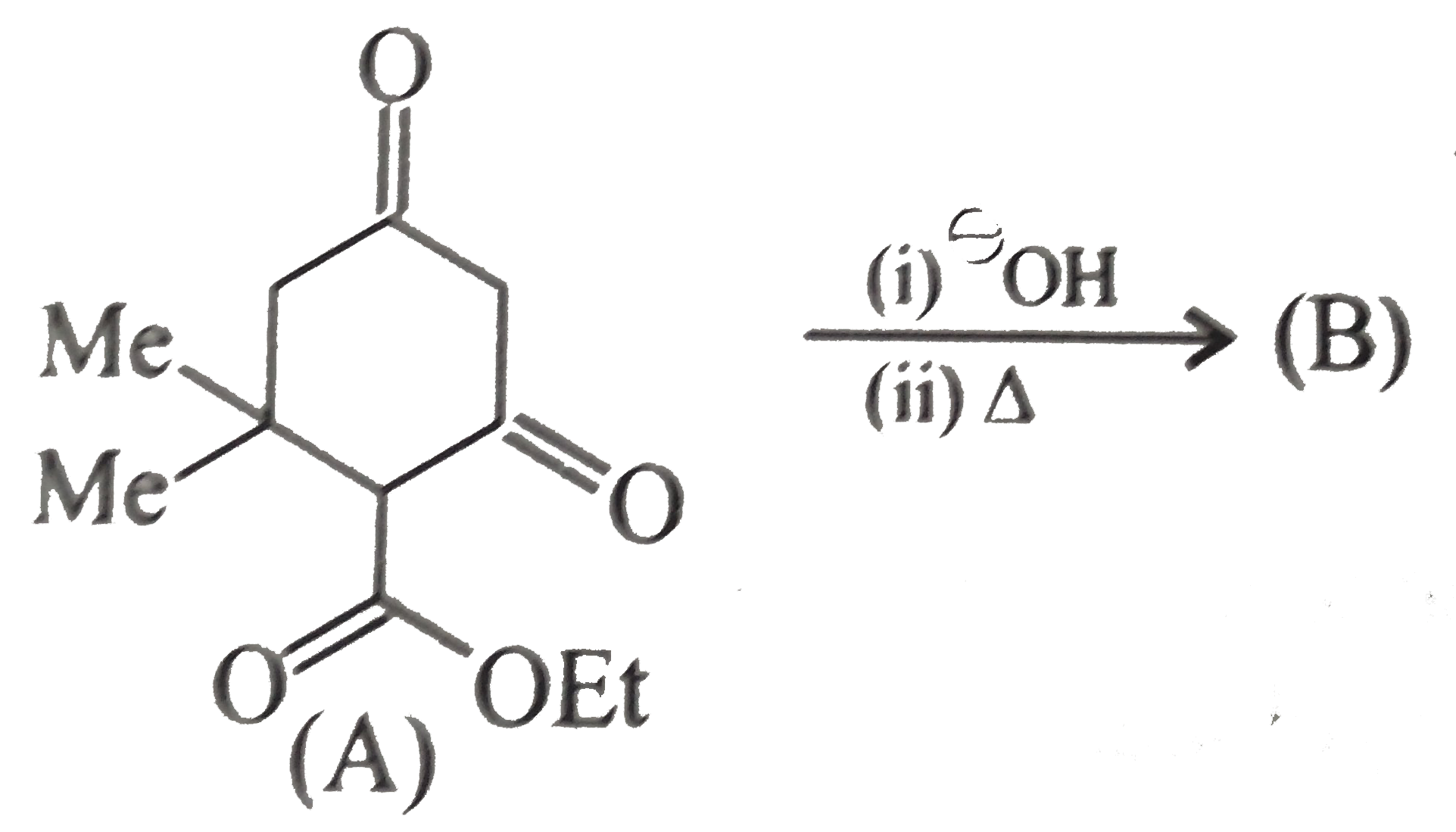
(b)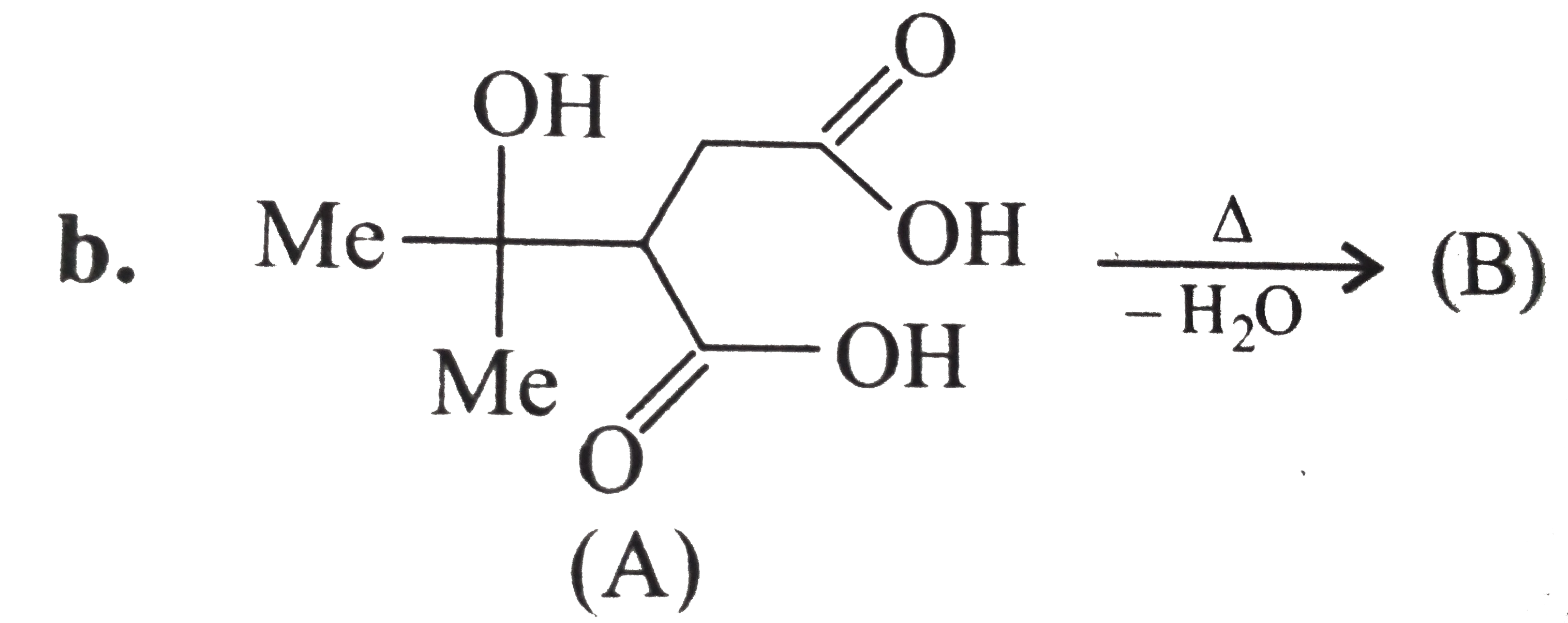
( c)
(d)
( e)
(f)
(g)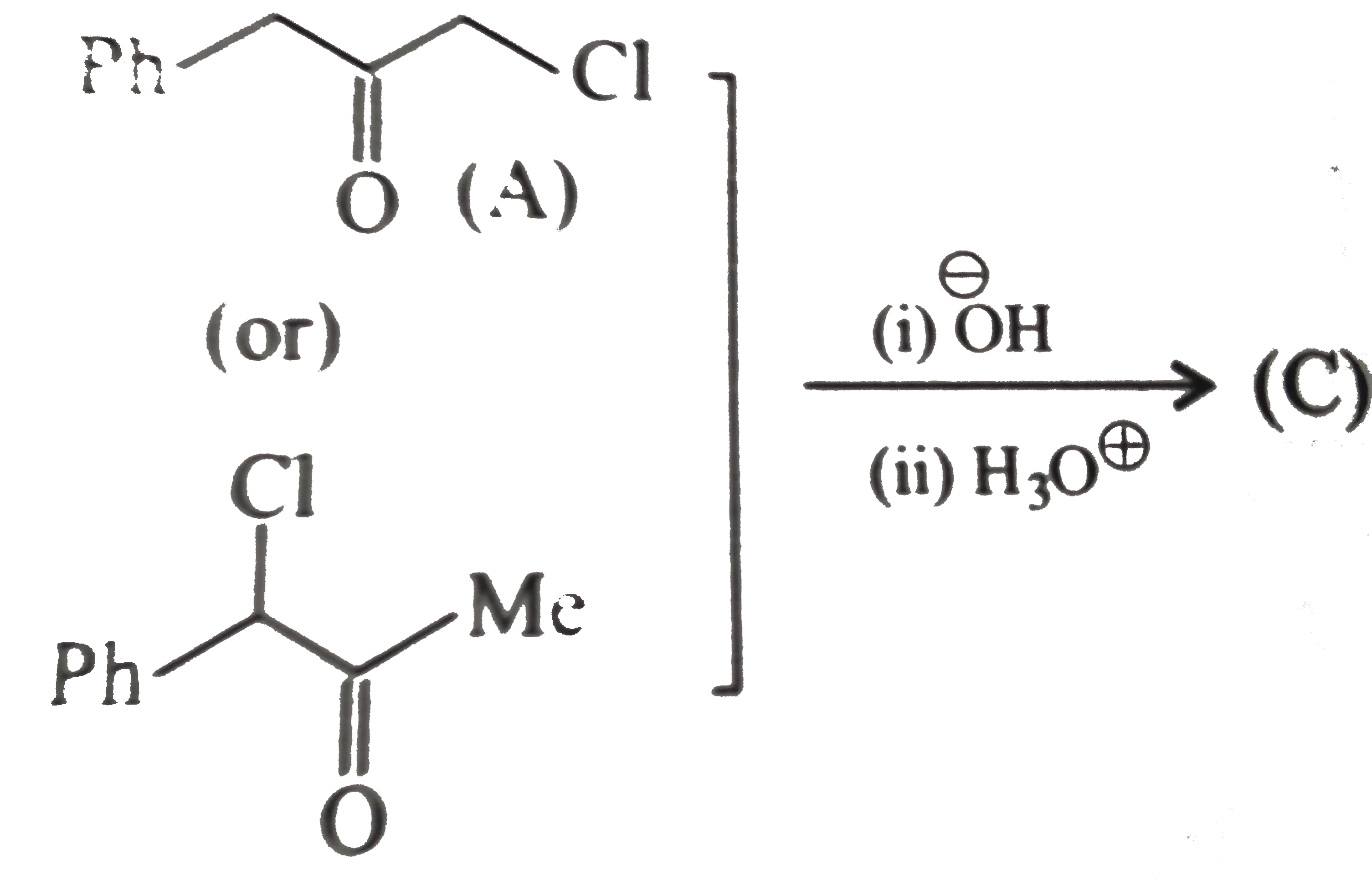
(h)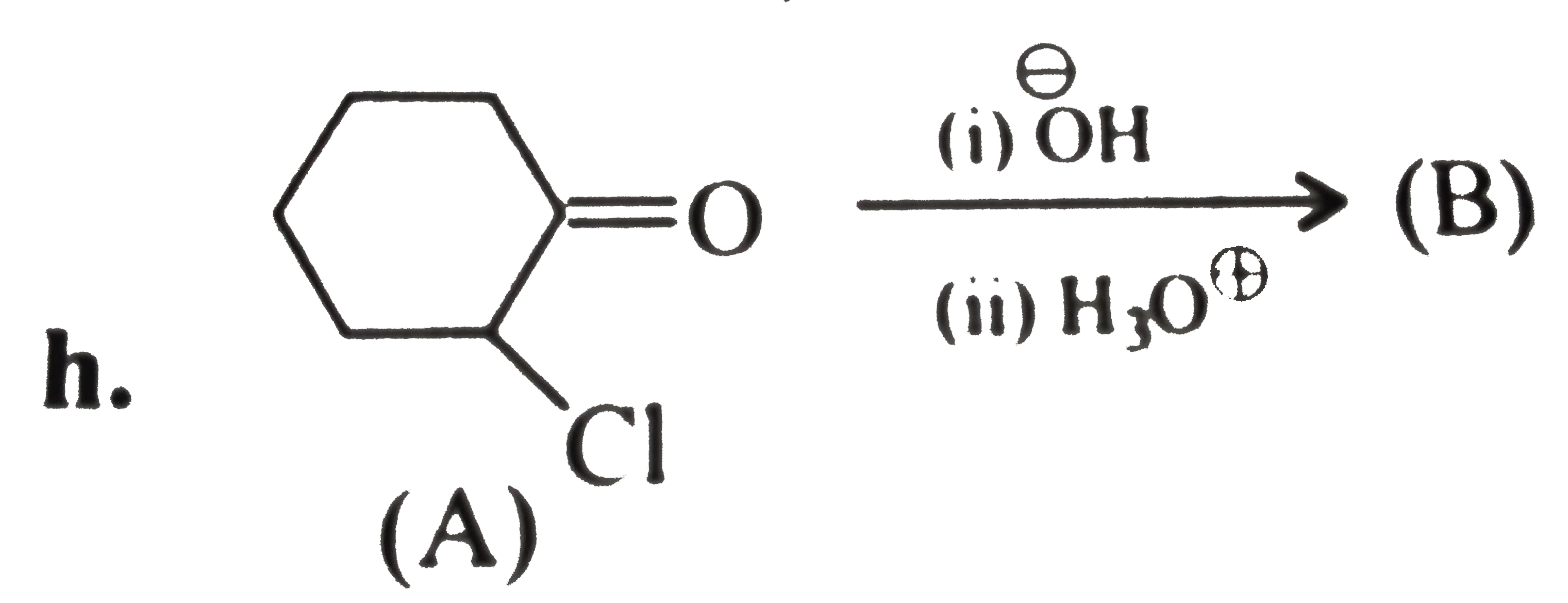
(i) .
.
View SolutionIf A={a,b,c,d,e},B={a,c,e,g}andC={b,e,f,g}verify that :
(i)A∩(B−C)=(A∩B)−(A∩C)
(ii) A−(B∩C)=(A−B)∪(A−C)
View SolutionIn Fig.97, If AB is parallel to CD, then the value of ∠BPE is (a) (b)(c)(d)(e)106(f)0(g)(h)(i) (j) (b) (k)(l)(m)(n)76(o)0(p)(q)(r) (s) (c) (d)(e)(f)(g)74(h)0(i)(j)(k) (l) (d) (m)(n)(o)(p)84(q)0(r)(s)(t) (u)
View SolutionTwo complementary angles are in the ratio 2:3. The measure of the larger angle is (a) (b)(c)(d)(e)60(f)0(g)(h)(i) (j) (b) (k)(l)(m)(n)54(o)0(p)(q)(r) (s) (c) (d)(e)(f)(g)66(h)0(i)(j)(k) (l) (d) (m)(n)(o)(p)48(q)0(r)(s)(t) (u)
View SolutionIf a, b are the zeroes of f(x)=x2+3x+1 and c, d are the zero of g(x)=x2+4x+1 then the value E=(a−c)(b−c)(a+a)(b+d)2is
View Solution


